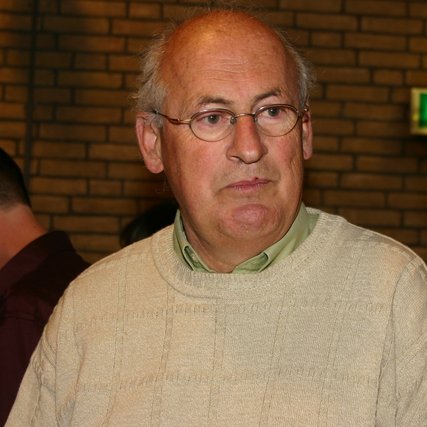All news
CWI publishes news item about its research, education and the social impact of this research on a regular basis. In addition to news items, we also publish more extensive stories about high-profile research or about CWI contributing to tackling social issues.
Lex Schrijver speaker at Nemo Wakker Worden Kinderlezing
On 13 Januari 2013 CWI researcher Lex Schrijver spoke at the Nemo Wakker Worden Kinderlezing 'What is the shortest way home?' (Wat is de kortste weg naar huis?) on optimal combinations in …
Funding for research on cosmic lightning
Researchers from CWI and KVI received funding in the FOM projectruimte for their proposal ‘Cosmic lightning’.

CWI Fellow Jaco de Bakker passed away

Rubicon for Jop Briët from CWI
The Netherlands Organisation for Scientific Research (NWO) awarded a Rubicon grant to Jop Briët, researcher at the Centrum Wiskunde & Informatica (CWI) in Amsterdam.
Immo Grabe defends thesis on formal methods for parallel programs
Future mobile payments safer with quantum cryptographic identification
Payment by mobile phone will be common in the near future. Security of the payment system will partly be based on secure identification, and it will be crucial that no secret-key material, …
CWI researcher Floor Sietsma (20) youngest PhD in the Netherlands
Researcher Floor Sietsma of Centrum Wiskunde & Informatica (CWI) in Amsterdam is the youngest PhD in the recent academic history of the Netherlands.
ICT Personality Award 2012 to Peter Apers and Arnold Smeulders
Nederland ICT (former ICT~Office) has awarded its annual ICT Personality Award 2012 to Peter Apers (UT) and Arnold Smeulders (CWI/UvA/COMMIT). They receive this award for their prominent role in ICT research in …
- Button to the previous page
- 1
- …
- 120
- 121
- 122
- 123 (current)
- 124
- 125
- 126
- …
- 168
- Button to the next page
